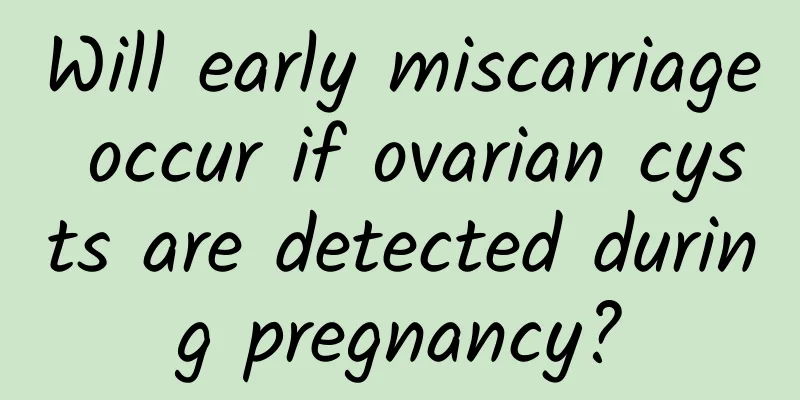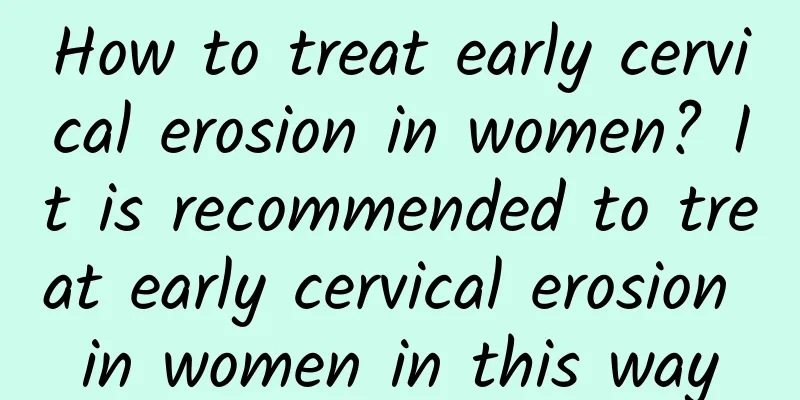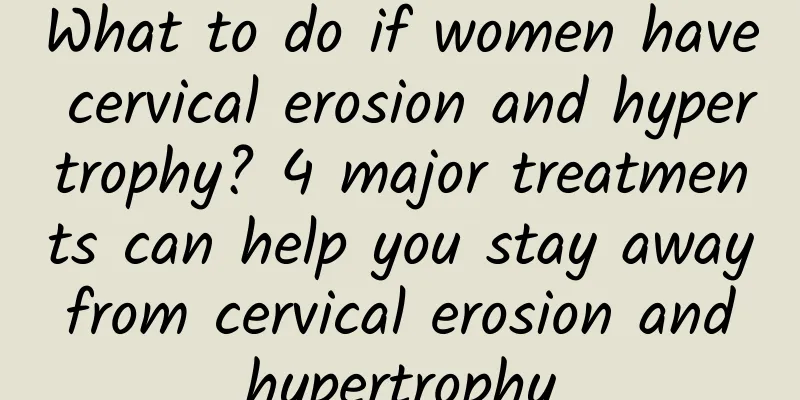How to treat hydrosalpinx?

|
What is hydrosalpinx? Medical abortion, artificial abortion, induced labor, and pelvic infection can all cause hydrosalpinx. Hydrosalpinx refers to inflammation and pus accumulation in the fallopian tubes. The pus cells are absorbed and then become liquid. It is a common type of chronic fallopian tube inflammation. Its clinical manifestations are infertility and intermittent vaginal discharge. Complications include hydrosalpinx, endometrial damage, and toxic substances and microorganisms in the fallopian tubes. So how to treat hydrosalpinx? 1. General treatment The clinical symptoms of hydrosalpinx are not obvious. Many patients are unaware of their illness after the onset of the disease. When patients want to have children after marriage, but have not been pregnant, they go to the hospital for examination and find out the disease. If the condition is mild and there is no fertility requirement, patients do not need to take any measures for treatment, just pay attention to diet. If there is a fertility requirement, regardless of the severity of the condition, surgical treatment should be performed. After the operation, patients need to pay attention to their personal diet, eat more fresh fruits and vegetables, eat more nutritious foods, eat more foods that are good for health, and pay attention to rest. Do not be overworked, do not often stay up late to work overtime, and have a regular work and rest schedule. 2. Surgical treatment Surgery is the main treatment for hydrosalpinx. The surgical procedures include tubal fimbria ostomy, tubo-ovarian adhesion lysis, and tubal segmentectomy. Different patients have different causes and conditions, so the surgical procedures they choose are also different. 1. Fallopian tube fimbria ostomy It is a traditional surgical method, suitable for patients with mild disease and distal hydrops. If the proximal end of the fallopian tube is unobstructed and the distal end is blocked, this method can also be used for treatment. Before and after treatment, personal diet should be paid attention to. 2. Lysis of fallopian tube and ovarian adhesions Lysis of tubo-ovarian adhesions is a common surgical procedure suitable for patients with chronic pelvic pain. The purpose of the surgery is to loosen the adhesions of the ovaries and fallopian tubes. In more serious cases, the fimbria of the fallopian tubes is wrapped in the uterine rectal fossa, which is difficult to treat. Surgery will damage the intestines, so it should be carefully selected. After the surgery, if improper diet or other reasons cause new adhesions between the fallopian tubes and ovaries, try not to use laser therapy. I believe everyone has already understood what hydrosalpinx is. If you still have questions, please consult a doctor in a professional hospital. The doctor will tell you the answer based on years of clinical experience. I wish the patient a speedy recovery and cure of the disease. |
<<: Does abortion require hospitalization?
>>: What is the best way to treat premature ovarian failure?
Recommend
What are the most common complications of chronic pelvic inflammatory disease?
Chronic pelvic inflammatory disease is a type of ...
Why do weightlifters need testosterone? To grow muscles, you still need weight training
The Rio Olympics was a mixed bag for some athlete...
What is the difference between artificial abortion and painless abortion? How much does artificial painless abortion cost?
Artificial abortion and painless abortion are two...
Which hospital should I go to for treatment of hyperprolactinemia?
Which hospital should I go to for the treatment o...
Is congenital absence of vagina related to infection?
Is congenital absence of vagina related to infect...
Detailed analysis of the causes of cervical precancerous lesions
What is the detailed analysis of the cause of cer...
What are the causes of missed abortion and what should be paid attention to after missed abortion?
Many women are unfamiliar with missed abortion. M...
Dietary principles for dysmenorrhea that women should know
It is very important for women to maintain good h...
Lose weight quickly! Try the 5-Week Diet Plan
To lose weight, you must first detoxify, and deto...
Patients with pelvic inflammatory disease should have a fixed sexual partner
Some young women have multiple sexual partners, a...
I want to know if there is cervical erosion and what tests should be done
Cervical erosion can be diagnosed through gynecol...
Why does cervical erosion cause infertility?
Hospital experts pointed out that cervical erosio...
Ariel Lin doesn’t eat cold foods to lose weight, and only eats the stems of vegetables? Nutritionist: The key to success is...
Lin Yichen, who has been in the industry for many...
What are the main symptoms of irregular menstruation in girls?
Irregular menstruation is one of the manifestatio...
Fallopian tube obstruction and menstrual irregularities
Fallopian tube obstruction and menstrual irregula...









